



 Tech & IT
Tech & IT
 Business
Business
 Coding & Developer
Coding & Developer
 Finance & Accounting
Finance & Accounting
 Academics
Academics
 Office Applications
Office Applications
 Art & Design
Art & Design
 Marketing
Marketing
 Health & Wellness
Health & Wellness
 Sounds & Music
Sounds & Music
 Lifestyle
Lifestyle
 Photography
Photography
More Learnfly
Business Solution Become an InstructorMongoDB is a NoSQL database management system designed for flexible and scalable data storage. It uses a document-oriented model, allowing for the storage of data in JSON-like BSON format. MongoDB is commonly used in modern web development for its adaptability to dynamic and evolving data structures.

By : Ali Bouali
Master the Powerful Stack of Spring Boot and MongoDB for Modern Web Development and D...
4.2 928
2:37:19 hrs 64 lectures All Level
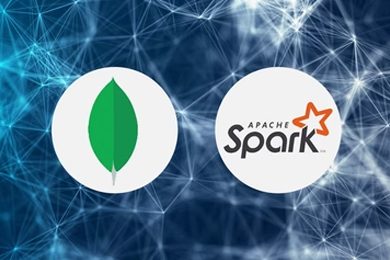
By : Edwin Bomela
Integrating Big Data Processing tools with Predictive Modeling and Visualization with...
4 874
27 lectures All Level

By : Edwin Bomela
Big Data Analytics with Predictive Modeling and Visualization with Power BI Desktop...
4.3 842
27 lectures All Level

By : Michael Enudi
A comprehensive journey through the world of database and data engineering technologi...
4.6 70254
19:51:53 hrs 129 lectures All Level












Learn more topics in various categories at one place. Explore unlimited courses in other categories and up-skill yourself today.

 Jazeb Akram
Jazeb Akram 4.2 771159 Beginner Level

 John Hedengren
John Hedengren 4.1 569062 All Level

 Ranjan Pandey
Ranjan Pandey 4.1 346728 All Level

 Muhammad Ahsan Pervaiz
Muhammad Ahsan Pervaiz 4.2 101337 All Level

 Pieter Vliegenthart
Pieter Vliegenthart 4.6 100916 All Level

 Jerome P.
Jerome P. 4.8 100881 All Level

 Senol Atac
Senol Atac 4.9 100091 All Level

 Vikas Munjal
Vikas Munjal 4.8 100064 Beginner Level

 Avinash A
Avinash A 4.8 100013 All Level
.jpg)
 AKHIL VYDYULA
AKHIL VYDYULA37 Lectures All Level

 Sekhar Metla (Microsoft Certified Professional) Sudha
Sekhar Metla (Microsoft Certified Professional) Sudha73 Lectures All Level

 AKHIL VYDYULA
AKHIL VYDYULA9 Lectures All Level
.jpg)
 Mukund Kumar Mishra
Mukund Kumar Mishra22 Lectures All Level

 Emar Morrison
Emar Morrison53 Lectures All Level
.jpg)
 Emar Morrison
Emar Morrison55 Lectures All Level
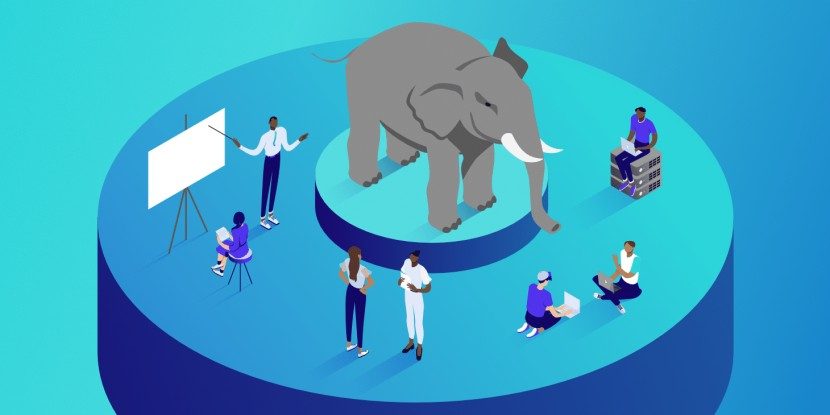
 Emar Morrison
Emar Morrison44 Lectures All Level

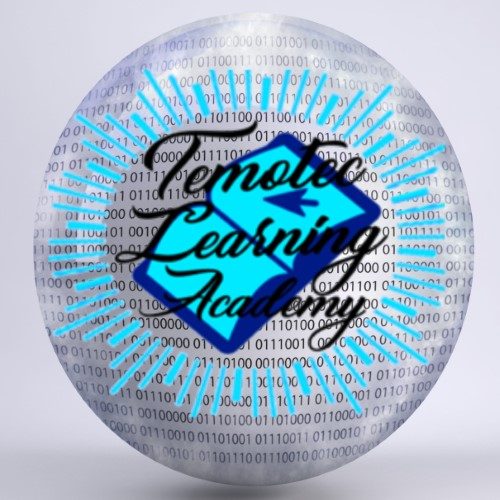 Temotec Learning Academy
Temotec Learning Academy33 Lectures All Level

 Temotec Learning Academy
Temotec Learning Academy121 Lectures All Level

 Ahmed Ibrahim
Ahmed Ibrahim79 Lectures All Level

 Mohammed Abdelkarim
Mohammed Abdelkarim51 Lectures All Level

 Sachin Agrawal
Sachin Agrawal28 Lectures All Level

 Sonu Kumar
Sonu Kumar117 Lectures All Level

 SANEM AYDIN YAYLA
SANEM AYDIN YAYLA50 Lectures All Level

 Saurabh Asthana Asthana
Saurabh Asthana Asthana45 Lectures All Level

 Mazhar Hussain
Mazhar Hussain23 Lectures All Level
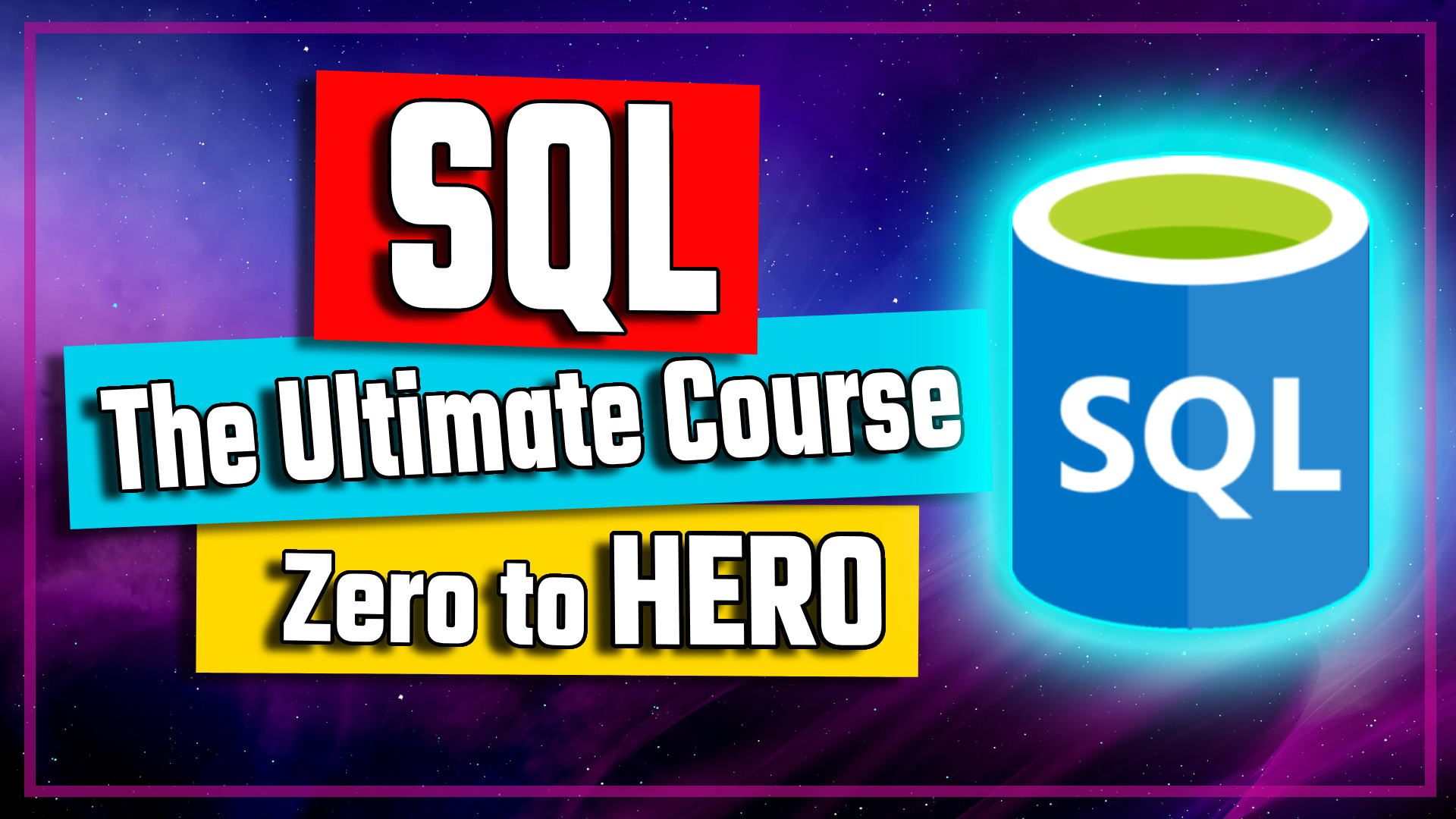
 test test
test test78 Lectures All Level

 Ali Bouali
Ali Bouali64 Lectures All Level

 Edwin Bomela
Edwin Bomela27 Lectures All Level

 Edwin Bomela
Edwin Bomela27 Lectures All Level
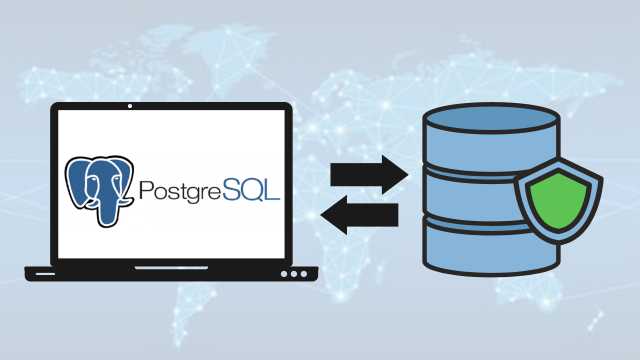
 Jobshie Academy
Jobshie Academy46 Lectures All Level
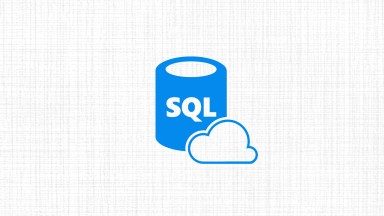
 Sekhar Metla (Microsoft Certified Professional) Sudha
Sekhar Metla (Microsoft Certified Professional) Sudha98 Lectures All Level
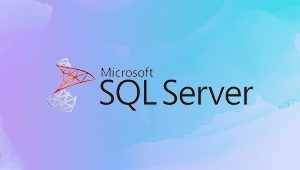
 Sekhar Metla (Microsoft Certified Professional) Sudha
Sekhar Metla (Microsoft Certified Professional) Sudha87 Lectures All Level
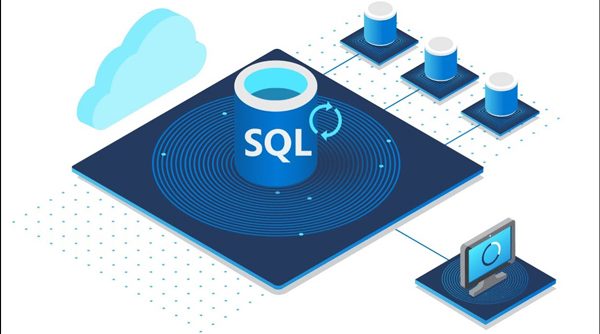
 Satyajit Pattnaik
Satyajit Pattnaik19 Lectures All Level

 Abhinav Saraogi
Abhinav Saraogi 9 Lectures All Level
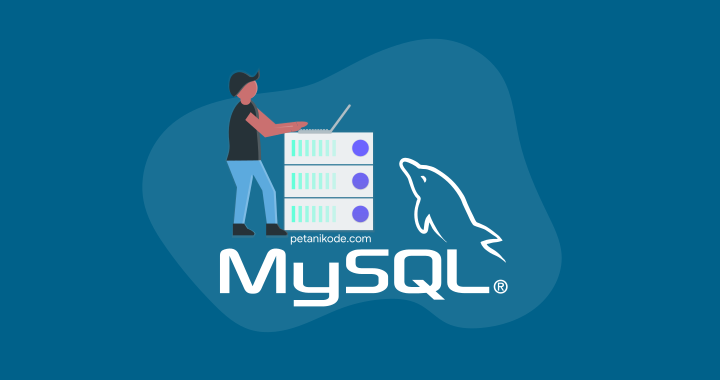
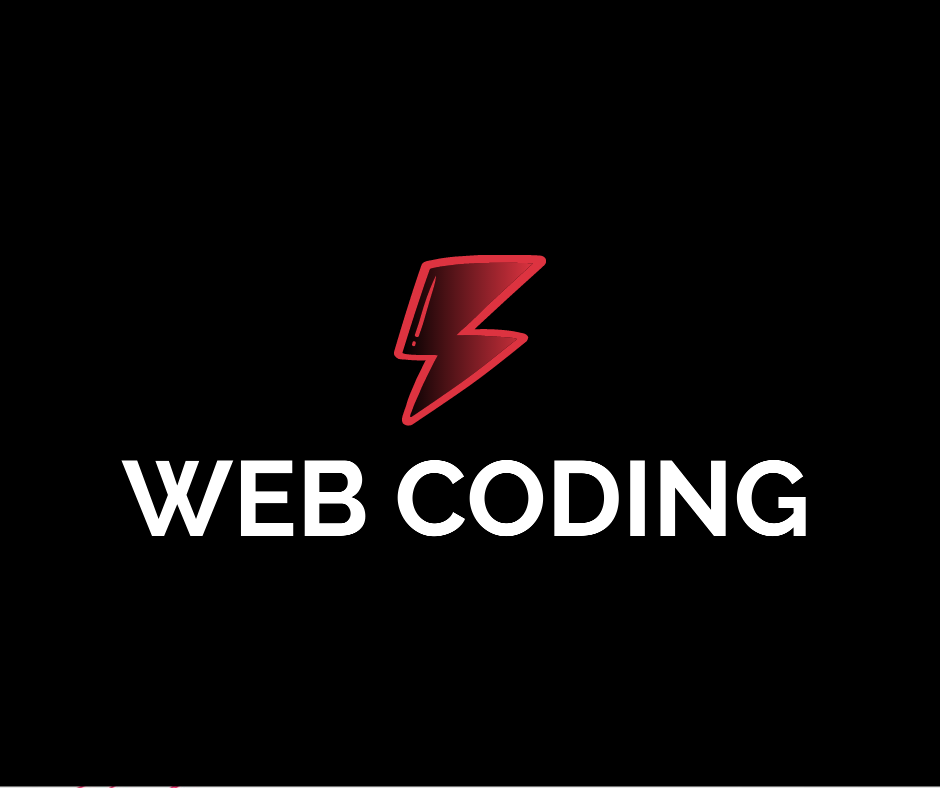 Web Coding
Web Coding19 Lectures All Level

 Tareq Alkhateeb
Tareq Alkhateeb 239 Lectures All Level

 Dave Merton
Dave Merton76 Lectures All Level

 Sekhar Metla (Microsoft Certified Professional) Sudha
Sekhar Metla (Microsoft Certified Professional) Sudha59 Lectures All Level

 Sekhar Metla (Microsoft Certified Professional) Sudha
Sekhar Metla (Microsoft Certified Professional) Sudha54 Lectures All Level

 Sekhar Metla (Microsoft Certified Professional) Sudha
Sekhar Metla (Microsoft Certified Professional) Sudha57 Lectures All Level
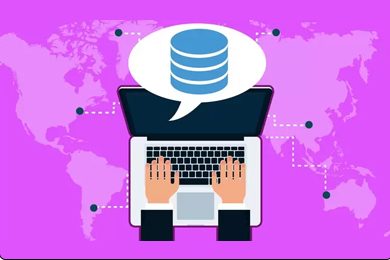
 Vardges Zardaryan
Vardges Zardaryan26 Lectures All Level
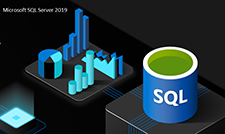
 Sanesh Kale
Sanesh Kale23 Lectures All Level
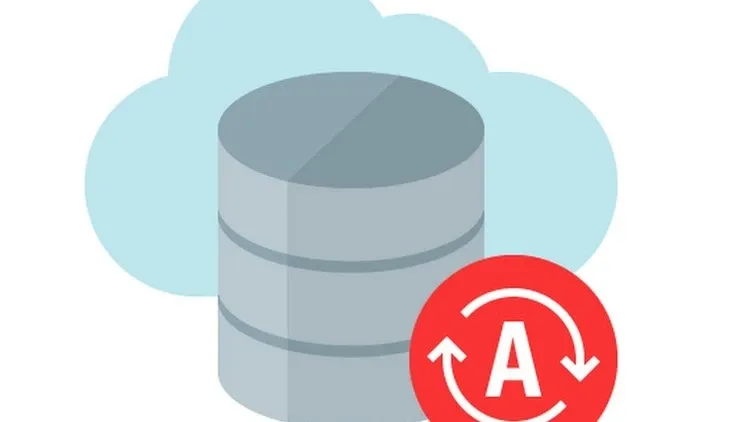
 Sanesh Kale
Sanesh Kale9 Lectures All Level

 Sanesh Kale
Sanesh Kale18 Lectures All Level

 Van Jordan
Van Jordan15 Lectures All Level

 Prashant Munshi
Prashant Munshi30 Lectures All Level

 koduru sridevi
koduru sridevi5 Lectures All Level

 koduru sridevi
koduru sridevi9 Lectures All Level

 koduru sridevi
koduru sridevi12 Lectures All Level

 Arunprakash P V
Arunprakash P V12 Lectures All Level

 Vikas Munjal
Vikas Munjal65 Lectures All Level
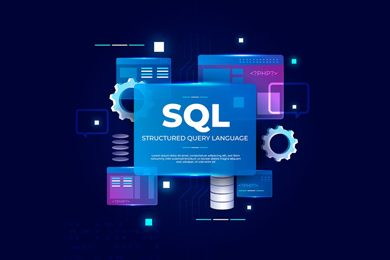
 Vikas Munjal
Vikas Munjal46 Lectures All Level

 Lorenz De Smedt
Lorenz De Smedt20 Lectures All Level

 koduru sridevi
koduru sridevi14 Lectures All Level

 Michael Enudi
Michael Enudi129 Lectures All Level

 Rashid Khan
Rashid Khan44 Lectures All Level
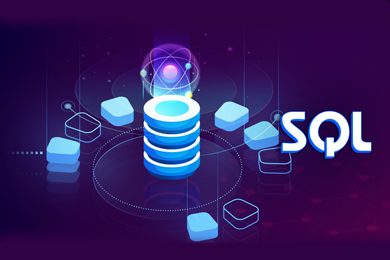
 Jazeb Akram
Jazeb Akram24 Lectures All Level

 Laurence Svekis
Laurence Svekis19 Lectures All Level
MongoDB is a NoSQL, document-oriented database management system. It stores data in flexible, JSON-like documents, allowing for dynamic and scalable data structures. MongoDB is particularly well-suited for handling large volumes of unstructured or semi-structured data.
In MongoDB, data is organized into collections, which are similar to tables in relational databases. Each collection contains documents, which are individual records. Documents are JSON-like objects that can have nested structures, providing flexibility in data modeling.
One of the primary advantages of MongoDB is its flexibility in handling diverse and evolving data structures. Unlike traditional relational databases, MongoDB doesn't require a predefined schema, allowing for dynamic and schema-less data.
MongoDB uses a query language similar to JSON, called BSON. To query data, you use the find() method.
Sharding in MongoDB involves distributing data across multiple machines to improve performance and scalability. Each shard contains a subset of the data, and MongoDB's sharding architecture allows it to handle large datasets by distributing the load across multiple servers.





